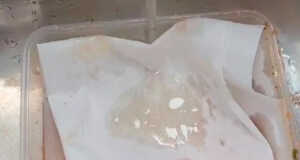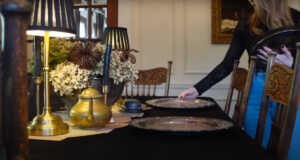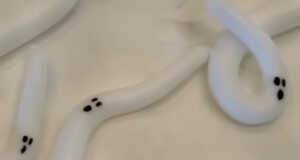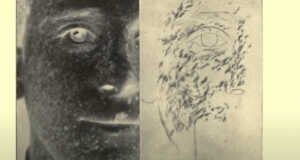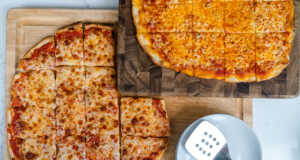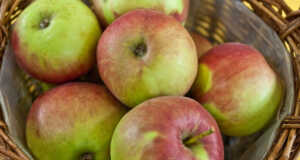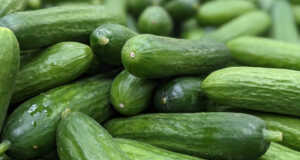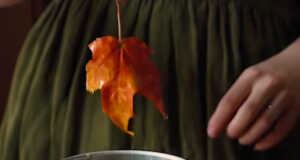Ready, set, fry – but wait before you get cooking – are you using the right breading for a crispy texture? Today when you go to a store, there are two styles of coating – panko and breadcrumbs, you would think breadcrumbs are breadcrumbs, but if you use panko you get a very different results. So why does panko fry up differently, and is it a better coating to use?
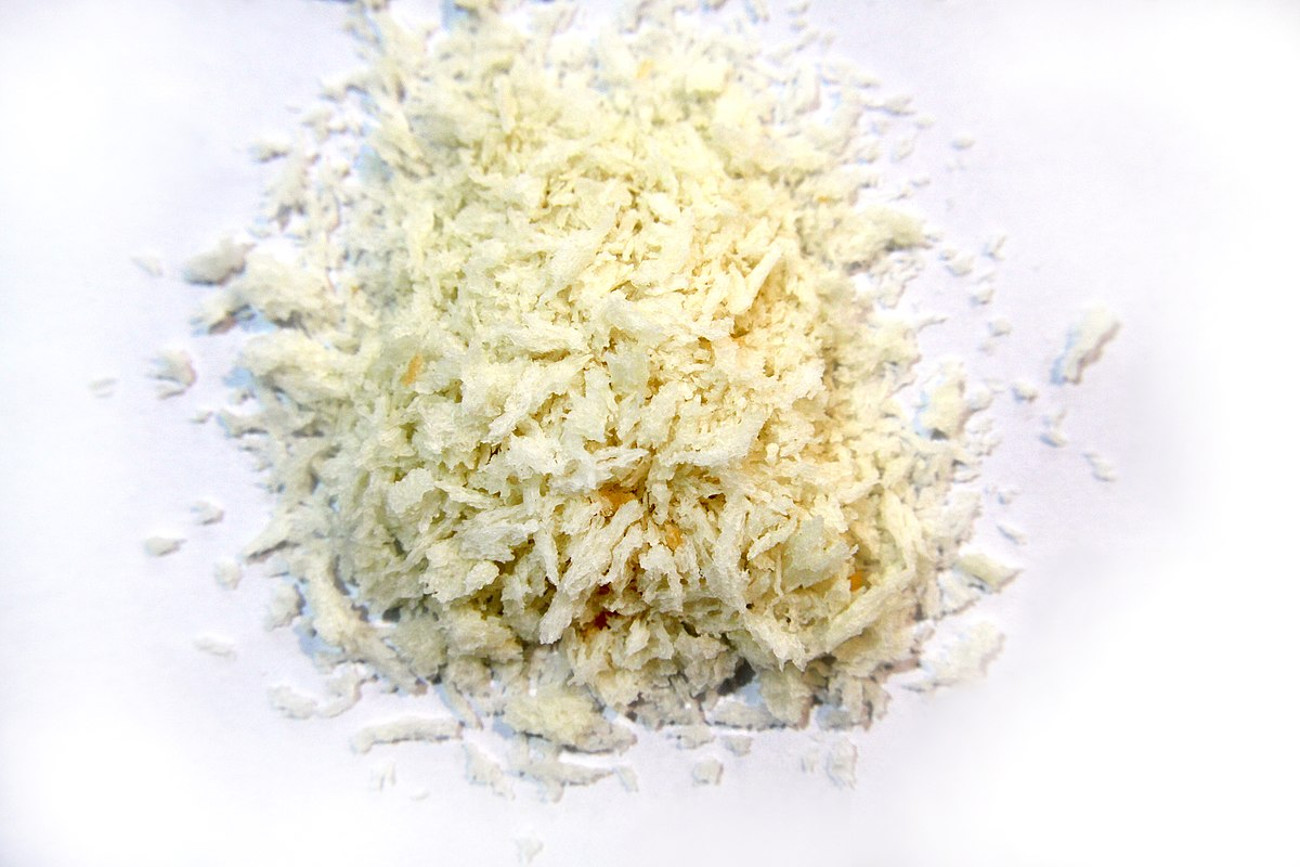
You may think panko is just a paler cousin of breadcrumbs, but panko is actually quite different. When you look at breadcrumbs they look how you would expect breadcrumbs to look, sandy, uniform, and speckled with bits of brown golden crumbs, and that’s because breadcrumbs are dried pieces of bread that have been ground up and dried again, but that’s not the case with panko.
Upon closer inspection, panko crumbs are not uniform, in fact, they’re not even crumbs, but rather panko are these odd cylindrical shards that all have a pale unbaked color, but it’s their texture (not their color) that makes panko different.
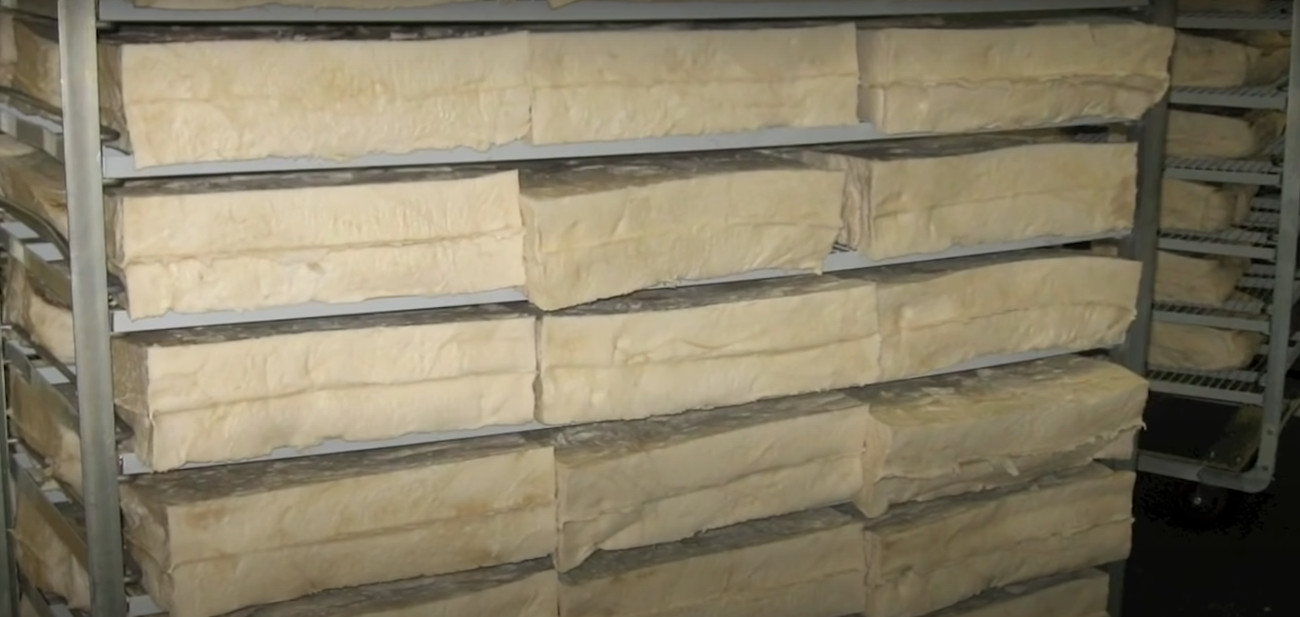
Why isn’t panko golden? In this video an American panko manufacturing company is interviewed and they explained that they cook panko bread from the inside-out — if that’s not weird for you it gets weirder. Panko isn’t made like normal bread, the dough is baked in electrically charged metal pans and this bake-by-electricity method gives the panko bread a peculiar, anemic tofu-like appearance. Vampiric pale bread doesn’t sound like it would fry up to be golden-brown-and-delicious, but it oddly does.
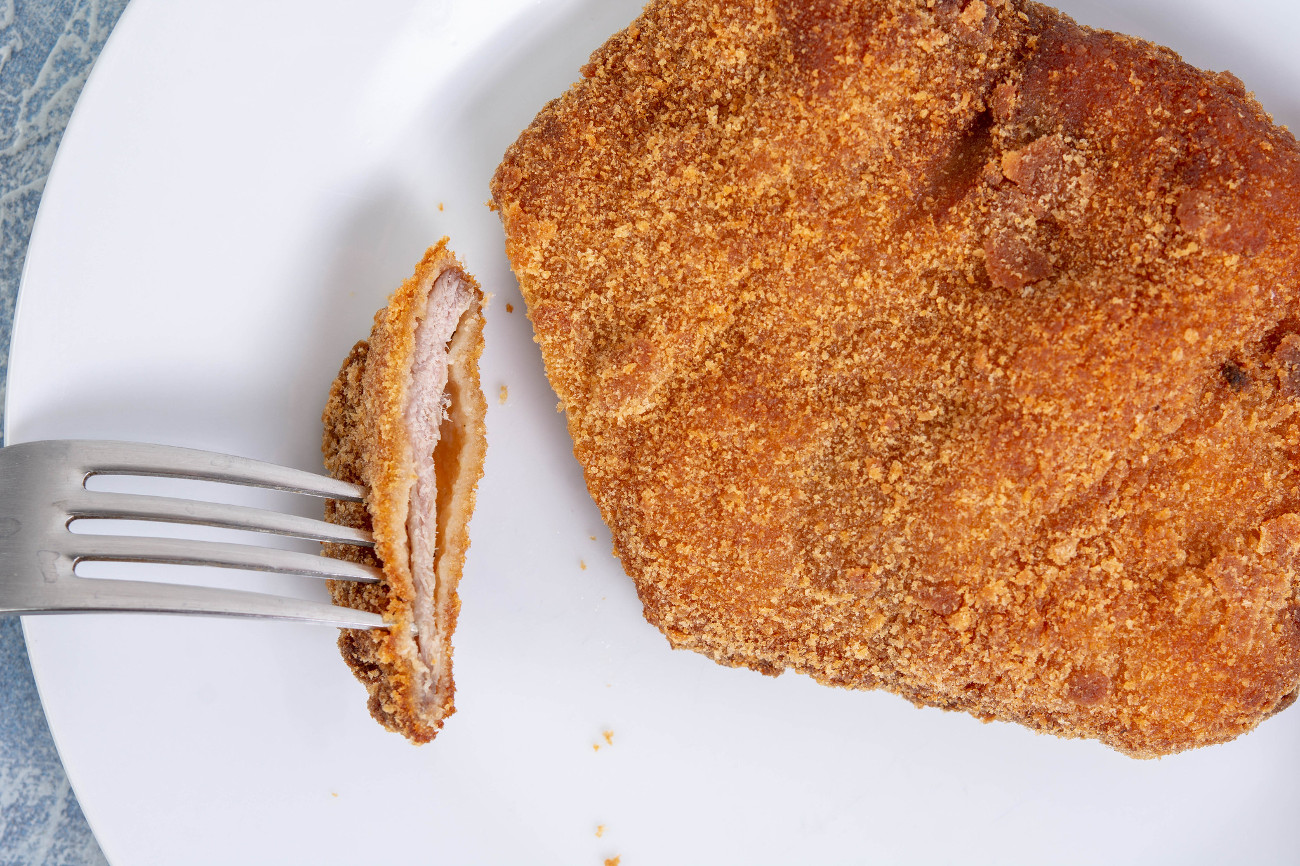
The story goes that this electric baking method was sprung out of wartime need to cook stuff while traveling (nothing screams delicious like flour and water cooked a la car battery), but even after those years of war, panko is still produced with this electric baking method. Though there are certainly easier ways to make breadcrumbs, the magic is in the baking method, because when you cook panko via electricity, you get a very airy bread fiber that becomes puffy when dried. Panko crumbs are more like jagged shards than they are crumbs. Each shard is misshaped, filled with tiny air pockets, and has no roundness at all — compare this to breadcrumbs which are just solid pieces of crumbs, with no nooks and crannies of air in sight. These rough and sharp crumbs give panko-breaded foods that crispy shattered texture.
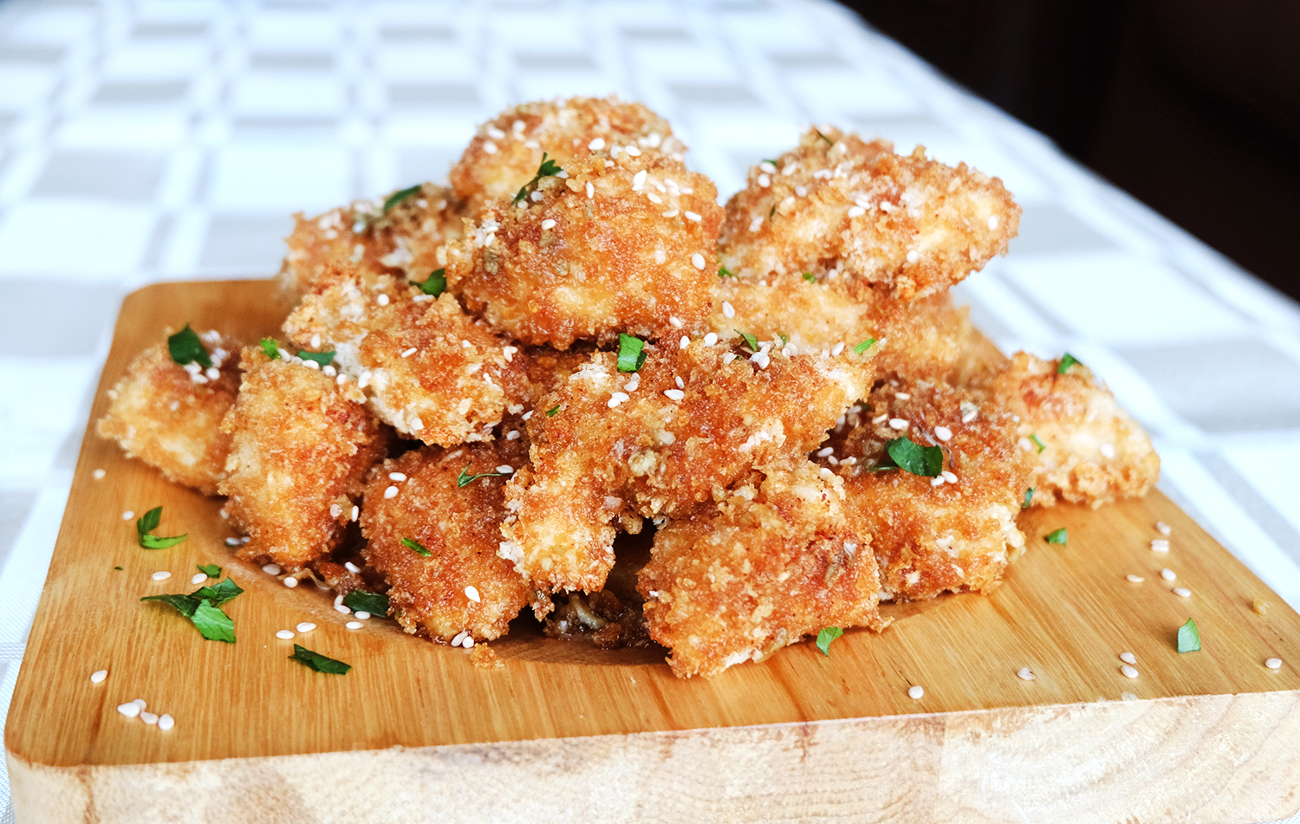
These air pockets are the key to superb crispiness. When panko-breaded foods are fried, the jagged structure allows oil to escape the breading, preventing the fried food from becoming heavy and greasy, classic breadcrumbs simply lock in the oil. If you look at the breading of a classic breaded chicken cutlet, you’ll see that the fried layer is uniform and flat.
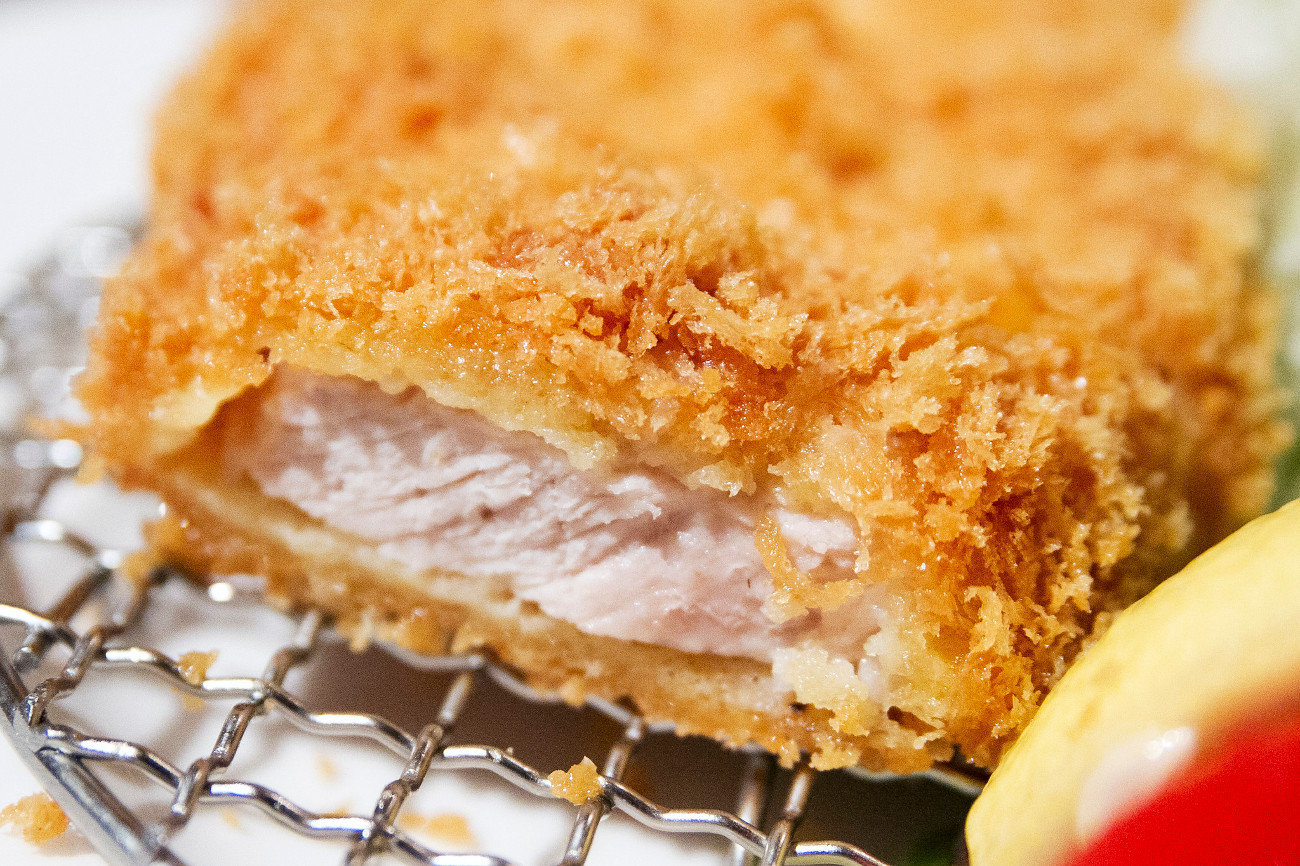
So when it comes down to it, panko does outperform classic breadcrumbs, delivering a crispy, airy, and non-greasy coating to your fried foods. For classic coatings like German-style schnitzel, a single-layer crust is kind of the hallmark of these fried cutlets, so you may want to stick with traditional breadcrumbs for that specific dish, but beyond that, panko is a good coating for the ultimate crunchy bite of fried food.
